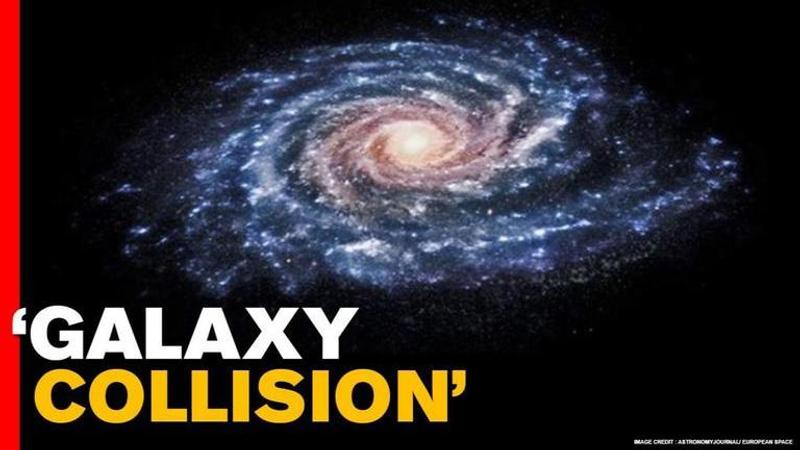Published 16:33 IST, June 19th 2020
Milky Way almost done ripping Sagittarius dwarf to shreds, neighboring galaxy 'dying'
Cataclysmic event might not cause major disturbance on Milky way but due to severe collisions in past 10,000 times Sagittarius dwarf galaxy might be destroyed.

While Astronomers have revealed that Sagittarius galaxy repeatedly smashed through the Milky Way’s disc as a result of gravitational forces, the Milky Way is set to completely obliterate the neighbouring galaxy this time, according to a series of simulations of the pair’s dance recorded by the astronomers at Cambridge University in the UK. Researchers Eugene Vasiliev and Vasily Belokurov found that the dwarf galaxy has been closing in over billions of years and in 2020, the galaxy might be destroyed after nearly ripped to shreds over billions of years of collision.
According to several studies published in the science and space journal, the Sagittarius dwarf galaxy has had three previous collisions with the disc of Milky way galaxy after its orbit tightened post spiralling around galaxies 10,000 times more massive than the Milky Way’s trademark spiral structure over the past six billion years. Some collisions even triggered major star formation episodes, one of which may have given rise to the Solar System, according to a study published by EUROPEAN SPACE AGENCY (ESA). A new study, based on data gathered by ESA’s galaxy mapping powerhouse Gaia discovered that while ripples caused by Milky Way and Sagittarius collisions seem to have triggered major star formation episodes, it may have led to the formation of the Sun 4.7 billion years ago.
According to Dr. Mark Dickinson of Johns Hopkins University and Space Telescope Science Institute, most galaxies have a lot of open space and tend to glide past one another. Therefore, the cataclysmic event might not cause major disturbance on Milky way but due to severe collisions in past, the 10,000 times smaller than our Milky Way galaxy might totally obliterate with the crash. This could be as the collision might be embedded near the "bulge" at the center of the Milky Way.
Milky Way has cannibalized smaller galaxies throughout the eons, adding them to our cosmic ranks whenever one strays too close. But sometime in the past billion years, one of those meals got away — though the struggle left a mark, a study by the European Space Agency published in astronomy journal said.
Cosmic “fender bender” spiralled millions of stars
In the past 300 to 900 million years, when the Sagittarius dwarf galaxy collided with Milky way, there was a cosmic “fender bender” that set millions of stars moving like ripples on a pond, which was tracked by the European Space Agency’s Gaia spacecraft and the observances of the motion of nearly six million stars were published in the journal Nature. Further, the study revealed that the ring-like structures in the Miky way disk caused external perturbations upon collision due to orbital resonances in the Galactic plane, and while the disc is dynamically young, the severe collision would destroy Sagittarius dwarf galaxy without much harm to Milky way. Here are the pictures released by the European Space Agency (ESA) of the previous collision:
(All Images Credit: ESA/NASA)
Updated 16:33 IST, June 19th 2020











